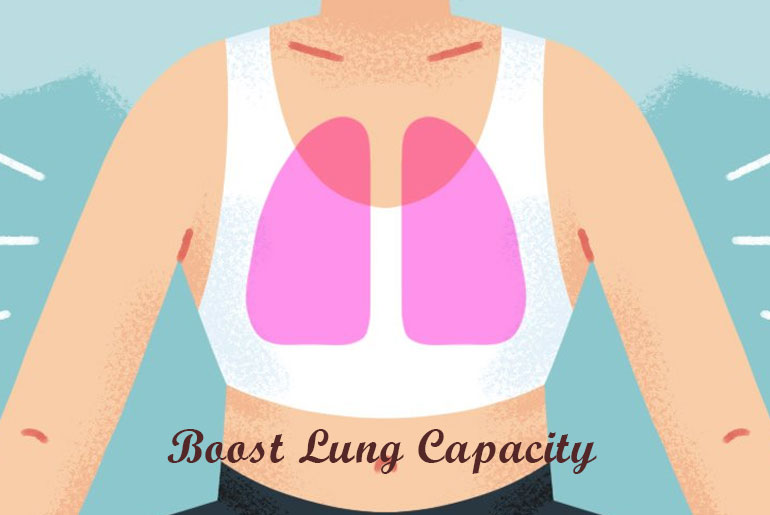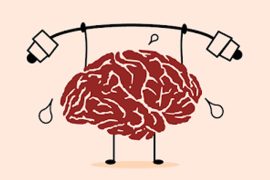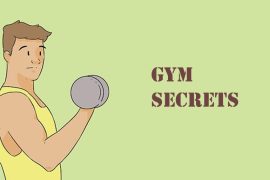Boosting lung capacity can be achieved through regular exercise, deep breathing techniques, and specific yoga practices. Cardiovascular exercises like running, swimming, and cycling help improve overall lung function by strengthening the respiratory muscles. Deep breathing exercises such as diaphragmatic breathing, box breathing, and pursed-lip breathing increase lung volume and efficiency. Yoga poses like Pranayama, particularly Kapalbhati and Anulom Vilom, help to boost lung capacity, improve oxygen flow, and reduce stress. Additionally, maintaining a healthy lifestyle with proper hydration, a balanced diet, and avoiding smoking can further support lung health and capacity.
Yoga is an effective practice for improving breathing by focusing on controlled, deep breaths and various breathing techniques (pranayama). It helps boost lung capacity, increase oxygen intake, and promote relaxation. Through poses like deep belly breathing, alternate nostril breathing, and ujjayi breath, yoga strengthens the respiratory system, reduces stress, and supports overall respiratory health. Regular practice can lead to better breath control, increased stamina, and improved physical and mental well-being.
Regular practice of yoga poses and pranayama techniques can:
Strengthen Respiratory Muscles: Yoga poses like Baddha Konasana and Viparita Karani help in strengthening the diaphragm, intercostal muscles, and other respiratory muscles, making breathing more efficient.
Improve Oxygen Uptake: Pranayama techniques such as Anuloma Viloma and Kapalbhati help in boosting lung capacity and improving the efficiency of oxygen exchange, which enhances overall breathing function.
Reduce Inflammation in Airways: Poses that open the chest, such as Bhujangasana (Cobra Pose) and Dhanurasana (Bow Pose), combined with pranayama, help reduce inflammation and promote healthy lung function, particularly beneficial for those with respiratory conditions like asthma.
Decrease Stress-Induced Breathing Difficulties: Pranayama techniques like Nadi Shodhana (Alternate Nostril Breathing) and Ujjayi Pranayama (Victorious Breath) help activate the parasympathetic nervous system, reducing stress levels and preventing hyperventilation or shallow breathing that can occur due to anxiety.
Enhance Overall Respiratory Efficiency: Poses and pranayama can improve lung function by increasing airflow to the lungs, which helps in more effective oxygenation and waste elimination, benefiting overall health and stamina.
Fish Pose (Matsyasana)
Fish Pose is a powerful backbend that opens up the chest and stretches the ribcage, boost lung capacity and facilitating deeper breaths. By lying on your back, lifting the chest, and arching your neck, this pose encourages maximum expansion of the lungs. It helps open up the throat and diaphragm, making it easier to breathe deeply. Fish Pose is also beneficial for relieving tension in the chest and shoulders, which can promote better respiratory function.
Cobra Pose (Bhujangasana)
Cobra Pose is a gentle backbend that targets the chest and lungs, promoting deep breathing. By lying face down and lifting the chest with the support of your hands, this pose stretches the front body and opens the ribcage, which boosts lung capacity. It stimulates the lungs and helps to relieve respiratory issues like congestion and asthma. The deep opening in the chest encourages slow, controlled breathing, contributing to improved oxygenation.
Cat-Cow Stretch (Marjaryasana-Bitilasana)
The Cat-Cow Stretch is a dynamic sequence that alternates between arching and rounding the spine, which promotes mobility and flexibility in the spine while boost lung capacity. Moving between these two positions (Cat Pose: rounding the back and inhaling deeply, and Cow Pose: arching the back and exhaling), the stretch stimulates the diaphragm, helping to improve the range of breath. It is excellent for improving circulation, reducing tension in the chest and abdomen, and facilitating deep, controlled breathing.
Bridge Pose (Setu Bandhasana)
Bridge Pose is a gentle backbend that opens the chest and encourages deeper breathing. By lying on your back and lifting the hips, this pose expands the ribcage, allowing the lungs to fill with air more easily. The stretch in the chest promotes better oxygen uptake and can help alleviate respiratory tension. Bridge Pose also works to strengthen the diaphragm, which plays a crucial role in improving lung capacity and breathing efficiency.
Single Nostril Breathing (Nadi Shodhana)
Single Nostril Breathing, also known as Alternate Nostril Breathing (Nadi Shodhana), is a pranayama technique that involves closing one nostril while breathing through the other, then alternating nostrils. This practice helps balance the flow of air through the nasal passages, enhances lung function, and calms the nervous system. It helps boost lung capacity by promoting deeper inhalations and even, slow exhalations, which encourage relaxation and better oxygen uptake.
Diaphragmatic Breathing (Abdominal Breathing)
Diaphragmatic Breathing, or abdominal breathing, involves using the diaphragm to take deep breaths that expand the abdomen rather than shallow chest breaths. By breathing deeply into the belly, this technique boosts lung capacity, helps regulate airflow, and improves oxygen exchange in the body. Diaphragmatic breathing is essential for strengthening the respiratory muscles and improving overall breathing efficiency.
Bhastrika Pranayama (Bellows Breath)
Bhastrika Pranayama is a breathing exercise that involves rapid, forceful inhalations and exhalations through the nose. This technique helps boost lung capacity by stimulating the respiratory system and improving the flow of oxygen in the body. Bhastrika Pranayama also helps in detoxifying the body, increasing energy levels, and improving mental clarity. It is particularly beneficial for enhancing endurance and stamina.
Bee Breath (Bhramari Pranayama)
Bee Breath is a calming pranayama technique that involves producing a humming sound while exhaling, mimicking the sound of a bee. It helps to calm the mind, reduce stress, and promote deep relaxation, while also enhancing focus on the breath. Bee Breath can boost lung capacity by encouraging slow and controlled exhalations, allowing the lungs to fully expel air. It is beneficial for soothing the nervous system and reducing tension in the respiratory system.
Practice Guidelines for Yoga for Better Breathing:
- Create a Calm Environment: Choose a quiet, comfortable space with a neutral temperature for your practice.
- Warm-Up: Start with gentle movements and focus on deep, mindful breathing to activate your diaphragm.
- Practice Mindful Breathing: Inhale deeply as you move into each pose, focusing on expanding your lungs and exhale fully to release stale air.
- Focus on Pranayama: Perform techniques like Alternate Nostril Breathing and Diaphragmatic Breathing to boost lung capacity and air flow.
- Transition Smoothly: Move slowly between poses with a focus on proper alignment and steady breathing.
- Hold Poses: Aim to hold poses like Fish or Cobra for 20-30 seconds, focusing on deep breaths during each hold.
- End with Relaxation: Finish with Savasana, breathing naturally and allowing your body to absorb the benefits of your practice.
- Practice Regularly: Aim for consistent practice 3-4 times a week, gradually increasing duration and intensity for improved lung function.
These breathing techniques and yoga poses can significantly boost lung capacity, enhance oxygen uptake, and promote overall respiratory health. Regular practice of these exercises supports better breathing habits, reduces stress, and improves physical endurance.
Disclaimer:
The information contained in this article is for educational and informational purposes only and is not intended as a health advice. We would ask you to consult a qualified professional or medical expert to gain additional knowledge before you choose to consume any product or perform any exercise.







